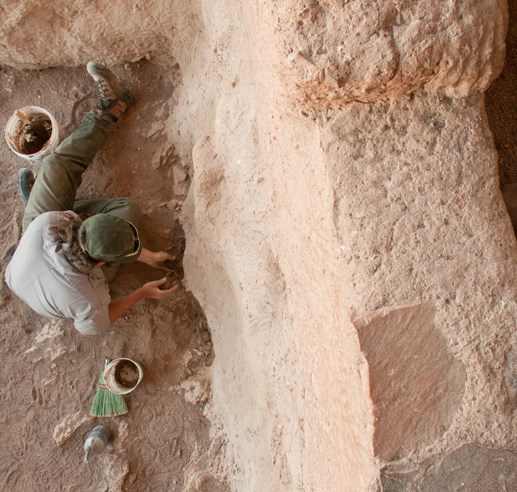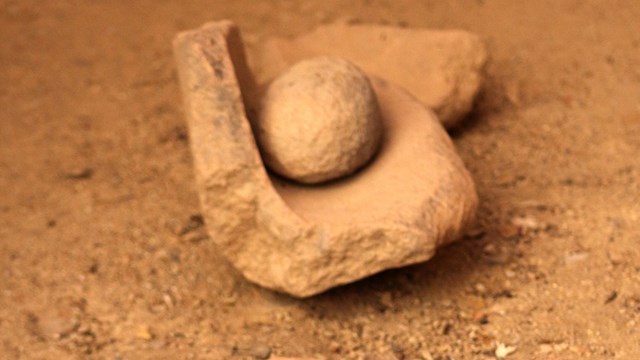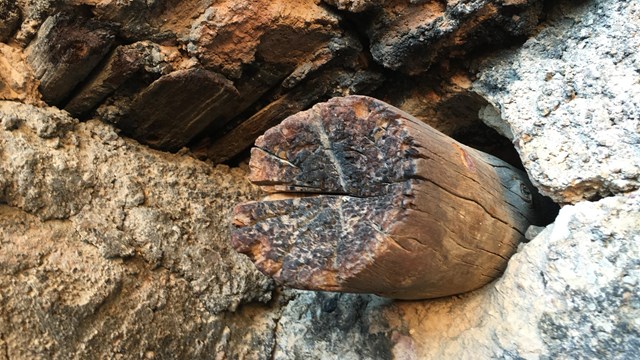
Cultural resource managers are mandated by law and policy to protect archeological sites and the artifacts that come from them. At Tonto National Monument, park staff protect nearly 70 archeological sites and over 50,000 artifacts. They use science-based, cutting-edge technologies to effectively manage these irreplaceable resources. For instance, laser-scanning has been used to produce maps of the Lower and Upper Cliff Dwellings as well as other archeological sites within the monument boundary. Laser-scan technology produces maps and models of the cliff dwellings with pinpoint accuracy. With this technology, archeologists track changes in the stability of the ancient walls over time, as well as human-caused changes such as vandalism. With 3D models, it may be possible to digitally reconstruct damaged and collapsed walls, allowing visitors to experience the dwellings as they existed in prehistory. In addition, 41 backcountry archeological sites have been mapped to include topography, in-situ architecture, fallen walls, and any associated features. A semi-permanent datum was established. 
Archeology
Archeological research reveals information about the monument's prehistoric inhabitants and the artifacts they left behind. 
Dendrochronology
Tree-ring dating can reveal important information about archeological age and past climate conditions |
Last updated: May 25, 2022
